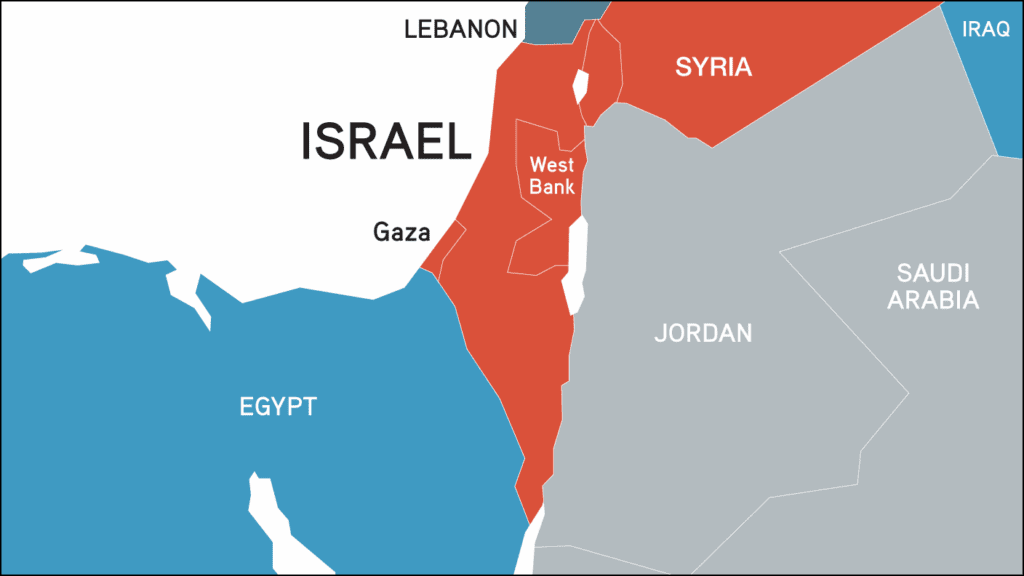
The Israeli military confirmed it had taken over custody of the seven after they were transferred by the International Committee of the Red Cross. With the operation branded “Shavim Legvulam”, the exchange marks the first movement in a wider prisoner-hostage deal that envisions Israel freeing more than 1,900 Palestinian detainees.
Joy and relief erupted across Israel as the news spread. In Tel Aviv’s Hostages Square, thousands gathered in anticipation, cheering as national television channels broadcast the names of those released. The families, long waiting in anguish, prepared for reunions.
The war—sparked by Hamas’s October 2023 raid into Israeli territory—has been among the deadliest in Gaza’s modern history, with Gaza officials estimating over 67,000 Palestinian fatalities and widespread destruction of infrastructure. Israel’s demand for the disarmament of Hamas and guarantees of sustained security remain central to negotiations.
The deal was brokered largely through U. S., Egyptian and Qatari mediation, with former U. S. President Donald Trump playing a key diplomatic role. Trump arrived in the region Monday and is set to co-chair a summit in Egypt to solidify the terms of the truce. He has referred to the agreement as a turning point in the conflict.
Under the agreement’s framework, Hamas is to deliver the remaining 13 living hostages, bodies of deceased captives, and names and schedules for exchange. Israel, in turn, will release Palestinian prisoners in phases, with priority given to women, minors and those without life sentences. Some high-profile detainees, including senior militants, remain excluded from the lists under negotiation.
Israeli officials emphasise strict oversight: the Red Cross will manage handovers and act as intermediary, and an international task force has been established to oversee the recovery of remains of hostages reported dead. Conditions of captivity and health assessments for those freed are being closely monitored by medical teams once they reach Israel.
Hamas hailed the exchange as affirmation of its negotiating power but affirmed it would remain committed to its goals, including opposition to Israeli sovereignty assertions over Gaza. Critics question whether Hamas will fully comply with the disarmament clauses and whether continued assistance can reach Gaza without disruption.
While the ceasefire is in effect, hostilities are now suspended in much of Gaza, and Israeli forces have withdrawn from major population centres such as Gaza City and Khan Younis, though parts of Rafah and northern areas remain under Israeli military control. Humanitarian aid convoys have begun entering Gaza at scale, responding to a long-standing shortage of food, medicine and fuel.
The immediate humanitarian imperative is immense. Displacement has affected hundreds of thousands of Gazans, with many still lacking access to clean water, shelter or basic healthcare. Aid channels are being opened under supervision, though security concerns and damaged infrastructure pose significant challenges.
Political pressure in Israel has surged. Prime Minister Benjamin Netanyahu has faced intense critique over his handling of the war, with legislators demanding clarity about ceasefire terms, prisoner lists and the fate of remaining hostages. Opposition parties and family advocacy groups pressed for transparency and accountability in the exchange process.
Regional stakeholders, including Egypt, Qatar and UAE, see this as a delicate opening to broader de-escalation. Talks now pivot on Gaza’s postwar governance—whether controlled by technocrats, an international body or a restructured Palestinian authority—and the role of Arab peacekeeping forces. The stakes are high: failure could reignite conflict, success would require sustained trust and compliance from both sides.
